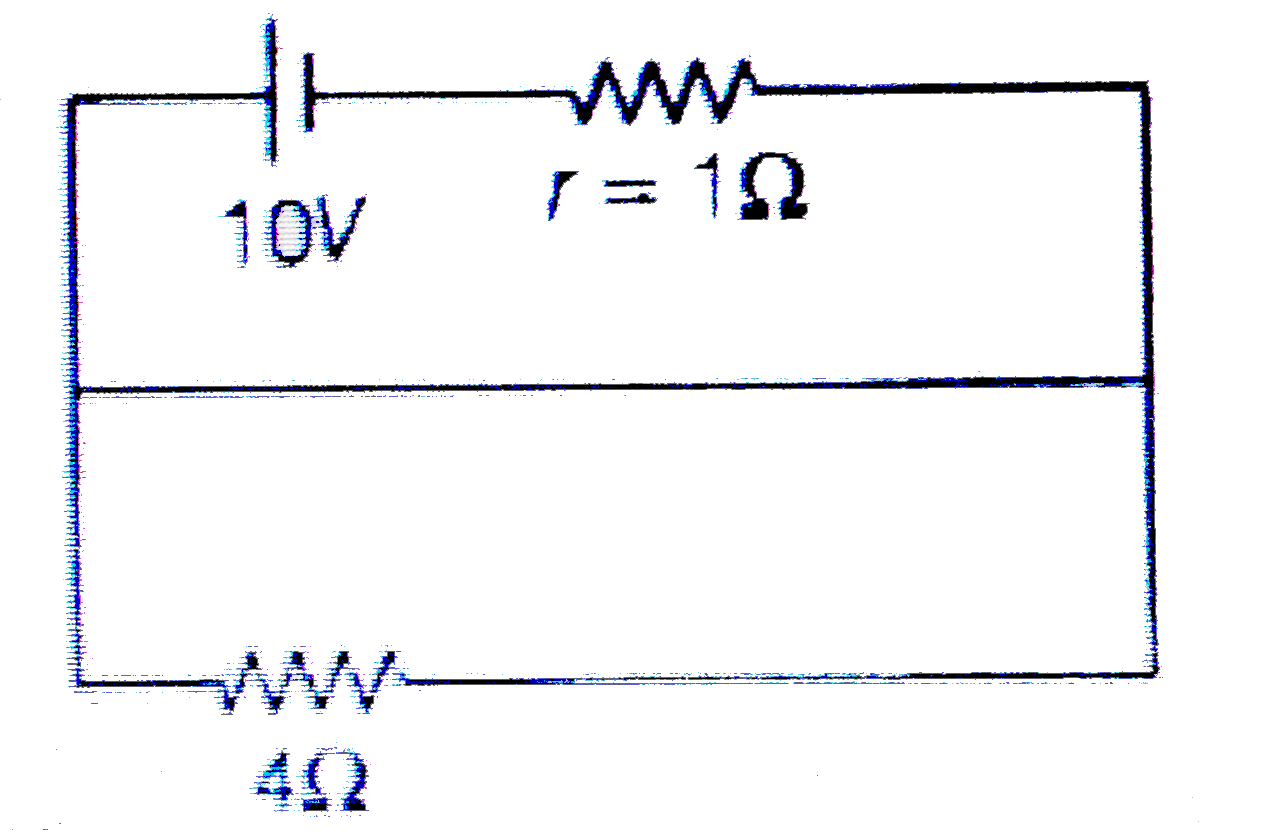Potential difference across resting membrane is negatively charged. This is due to differential distribution of the following ions.
Na+&K+ ions
CO_(3++) & Cl^- ions
Ca++&Mg++ ions
Ca^(+4) & CL^- ions
The correct Answer is:a
To solve the question regarding the potential difference across a resting membrane being negatively charged due to the differential distribution of ions, we can follow these steps:
1. Understanding Resting Membrane Potential:
The resting membrane potential is typically around -70 mV, indicating that the inside of the cell is negatively charged relative to the outside.
2. Identifying Ion Distribution:
The resting membrane potential is primarily influenced by the distribution of certain ions across the membrane. The key ions involved are sodium (Na⁺) and potassium (K⁺).
3. Sodium Ion (Na⁺) Concentration:
In a resting state, the concentration of sodium ions is higher outside the cell. This creates a positive charge in the extracellular fluid.
4. Potassium Ion (K⁺) Concentration:
Conversely, the concentration of potassium ions is higher inside the cell. This contributes to the negative charge inside the cell.
5. Role of Negatively Charged Proteins:
Additionally, the presence of negatively charged proteins inside the cell further contributes to the negative charge of the resting membrane potential.
6. Conclusion:
Therefore, the differential distribution of sodium ions (higher outside) and potassium ions (higher inside) is responsible for the negative resting membrane potential.
Final Answer:
The potential difference across the resting membrane being negatively charged is due to the differential distribution of sodium ions (Na⁺) and potassium ions (K⁺).
The resting membrane potential is typically around -70 mV, indicating that the inside of the cell is negatively charged relative to the outside.
The resting membrane potential is primarily influenced by the distribution of certain ions across the membrane. The key ions involved are sodium (Na⁺) and potassium (K⁺).
In a resting state, the concentration of sodium ions is higher outside the cell. This creates a positive charge in the extracellular fluid.
Conversely, the concentration of potassium ions is higher inside the cell. This contributes to the negative charge inside the cell.
Additionally, the presence of negatively charged proteins inside the cell further contributes to the negative charge of the resting membrane potential.
Therefore, the differential distribution of sodium ions (higher outside) and potassium ions (higher inside) is responsible for the negative resting membrane potential.
The potential difference across the resting membrane being negatively charged is due to the differential distribution of sodium ions (Na⁺) and potassium ions (K⁺).
Topper's Solved these Questions
- NCERT Exemplar Questions +1 (MORPHOLOGY OF FOLWERING PLANTS )BOOK - TRUEMEN BIOLOGY ENGLISHCHAPTER - NCERT Exemplar Questions +1 (MORPHOLOGY OF FOLWERING PLANTS )EXERCISE - MCQs
9 Videos
- NCERT Exemplar Questions +1 (PHOTOSYNTHESIS IN HIGHER PLANTS ) BOOK - TRUEMEN BIOLOGY ENGLISHCHAPTER - NCERT Exemplar Questions +1 (PHOTOSYNTHESIS IN HIGHER PLANTS ) EXERCISE - MCQs
14 Videos
Similar Questions
Potential difference across AB in the networ shown is

View SolutionPotential difference across AB in the network shown is

View SolutionPotential difference across AB in the network shown is

View SolutionPotential difference across the terminal of a non ideal battery is
View SolutionPotential difference across AB in the network shown in figure.

View SolutionPotential difference across AB in the circuit as shown in figure.

View SolutionThe ionic gradients across the resting membrane are maintained by the
View SolutionPotential different across the terminals of the battery shown in figure is

View SolutionAn ion with negative charge is called……………
View SolutionResting membrane potential of a neuron is
View Solution
